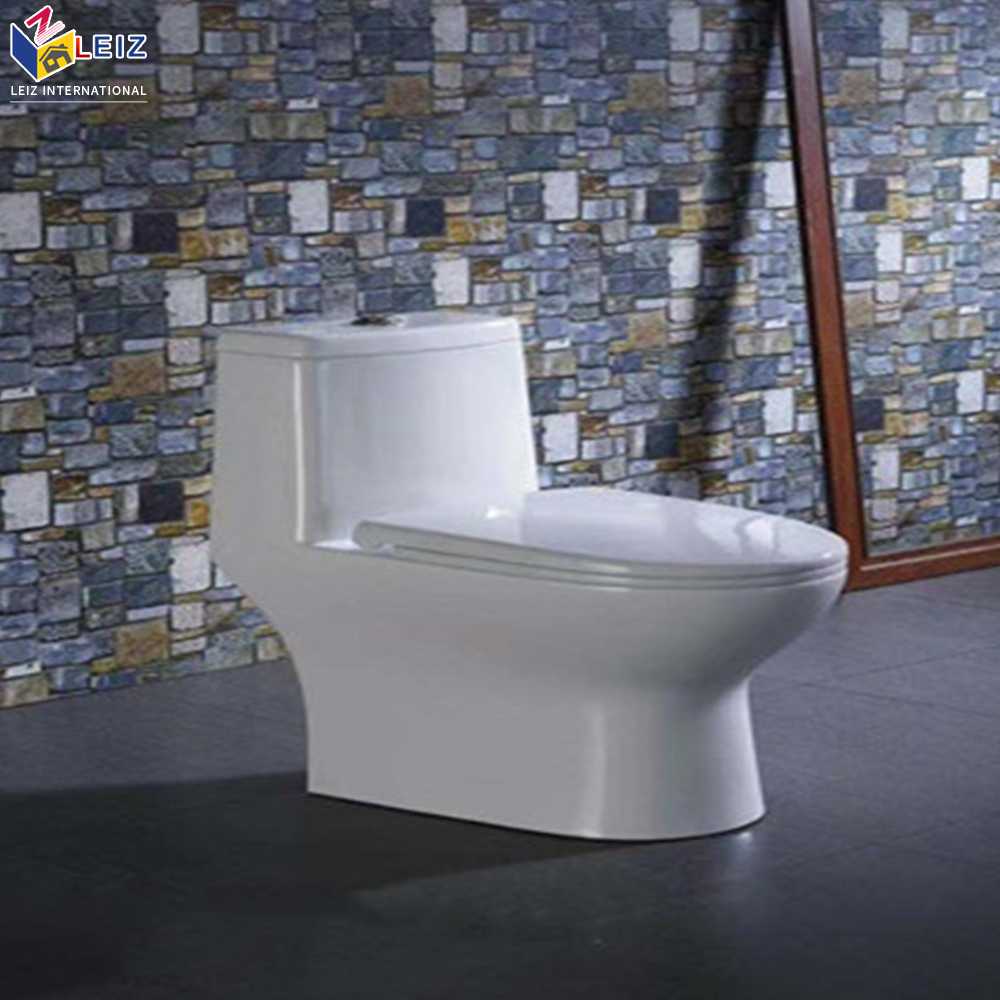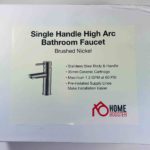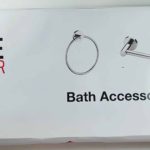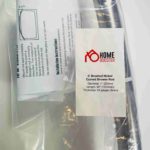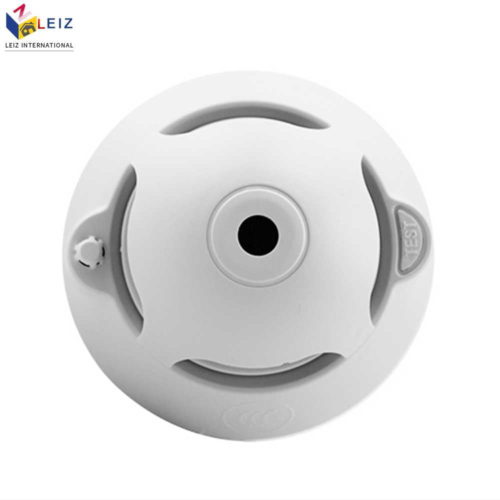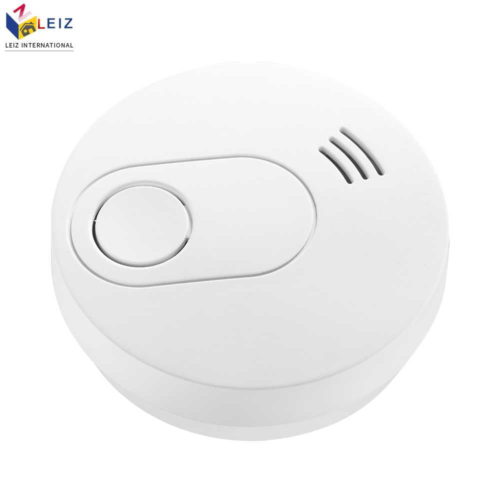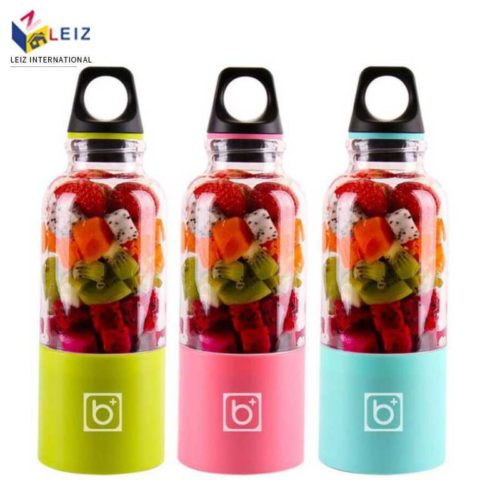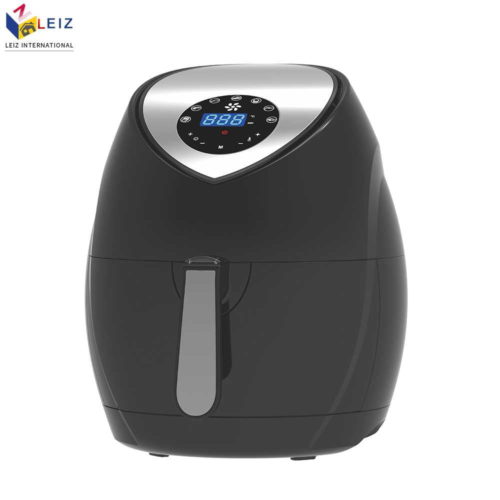Product categories
Best toilet
Feature of Best toilet
- High-profile two-piece elongated toilet with soft close seat
- Slow closing seat and lid action reduces the chance of injury and eliminates annoying seat slam
- Includes: toilet tank, bowl, soft close seat, and mounting hardware. Purchase separately: wax ring, toilet mounting bolts, and water supply lines
PRODUCT INQUIRY
Detail of Best toilet
The core factors that affect the quality of Best toilet are as follows:
1. The temperature at which the ceramic body of the toilet is fired. Generally, the firing temperature of large factories can basically reach 1200 degrees, and 1200 degrees is actually a cut-off point. Toilets fired below this temperature affect two very core elements. , Water absorption and degree of vitrification.
Definition: refers to the percentage of moisture absorbed by the pores in the ceramic product, and is a characteristic index of the compactness of the surface ceramic product after firing. Standard requirements: The test results of the national quality inspection reports of many large ceramic factories can basically achieve a water absorption rate of 0.2%, which is far lower than the 0.5% required by the national standard. The advantages of low water absorption: (1) Not easy to hang dirty, easy to clean;
(2) Anti-cracking: Ceramic products have a certain ability to absorb and penetrate water. If water is sucked into the ceramic, it will expand to a certain extent, which will easily cause the glaze on the ceramic surface to crack due to expansion;
(3) Good deodorant performance, no later splitting (generally small factories use discontinuous earth kilns for firing, the product firing temperature is low, the water absorption rate is high, and later splitting is easy to occur; the product difference between batches is large , Unstable).
Degree of vitrification
(1) The higher the porcelain degree of the product, the lower the water absorption rate, and the clearer the sound produced when knocking on the product, and the broken sound produced by other brand knocking. When the introduction process is beaten, generally the water tank is beaten, and the sound effect is very obvious.
(2) The finished product of a toilet with a low degree of vitrification is prone to have a dull surface, rough and porous, which will directly cause the toilet to become yellow and old, which is what we say in daily life, not durable, and because of many pores, Especially easy to hide dirt and cause odor accumulation.
2. Glazing quality
Generally, good toilets will have three layers of glaze, and the thickness of the glaze must be 1.1mm or more. This can guarantee the three major requirements of anti-fouling, easy cleaning, and antibacterial. And glaze will be applied inside the water tank to ensure that the water tank is equally durable. Many brands of toilets always cut corners in unexpected places. The inside of the water tank is one of them, the inside of the C-shaped pipe is the second, and the inside of the C-shaped pipe is more often invisible.
The specification of Best toilet
Model No.: LZ-050 Best toilet
Pls contact us for more details
